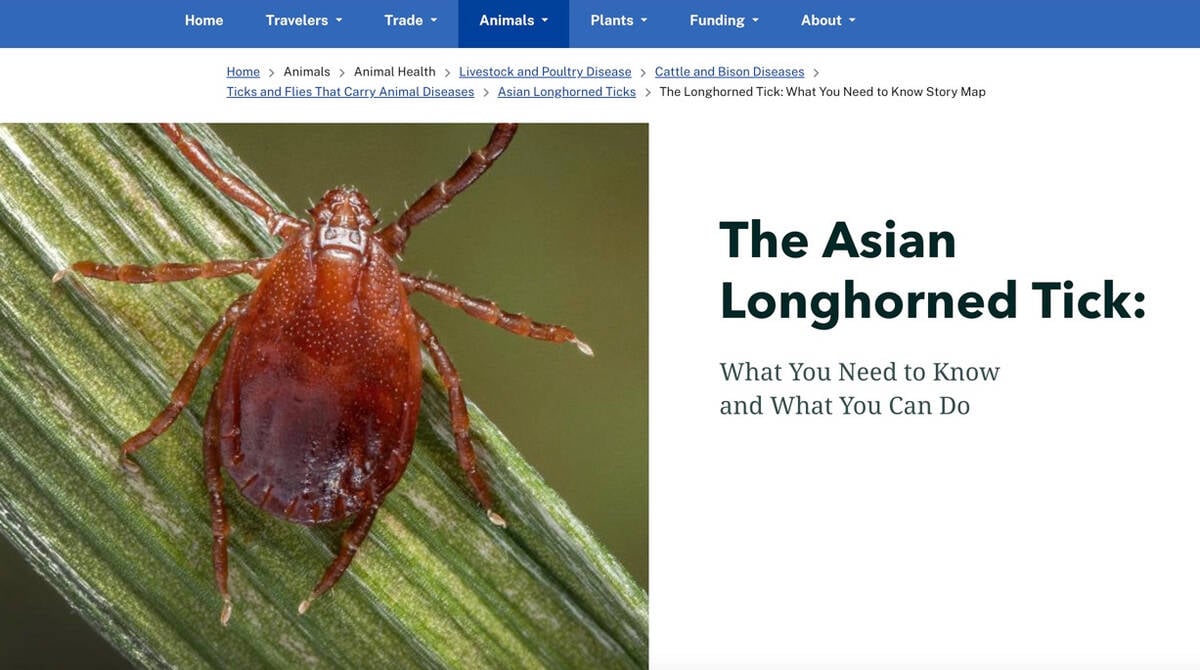INNISFAIL, Alta. – Jim Chatenay wears a handpainted tie featuring stands of grain against a mountain backdrop. Clipped to it is a lone silver bull.
“This is me,” he says, jabbing his thumb at the clip.
It has been a fretful year for the stocky Red Deer farmer who sits on the Canadian Wheat Board as the lone voice in favor of a voluntary grain marketing system.
“I’m having a good day if somebody seconds my motion,” he said.
While he may have no friends in Winnipeg, the support shown at a feisty meeting in Innisfail heartens him in his crusade.
Read Also

New World screwworm not seen as trade threat
Canadian cattle producers shouldn’t be worried about the New World screwworm, which has become a massive concern for ranchers in Mexico and is threatening the southern United States
As he wends his way across the crowded Legion Hall auditorium, young and old farmers stop him to offer an encouraging word and a friendly slap on the shoulder. A few tell him they don’t entirely agree with his opinions, but they admire his courage.
That support has convinced him to run again for his seat this Nov-ember.
“The reason I’m running, is I want a report card,” he said. “I’ll either win by a bunch or lose by a bunch.”
His district is large, running from Edmonton to the American border. Opinions about the board range from vehement opposition to support for a single desk agency.
Chatenay’s experiences after his first controversial year as a wheat board member are reminiscent of his early days as a purebred cattle producer. In 1959, he was one of a handful of people who dared import French Charolais cattle into Canada.
“This is nothing compared to what I went through then,” he said.
People laughed as he crossed the bulky white cattle with Herefords.
“I was never ridiculed or jeered more in my life than when my first calves were born.”
A couple years later, when he sold a Charolais cow to an American buyer for $70,000, he saw the tide turning.
Relying on this experience, he is sure he can convince people that a voluntary wheat board is the only way to go.
“I’ve always liked to live on the edge.”
Under his definition of a voluntary board, farmers would be able to sell their grain for the best price, whether the sale included a grain company, a processor or the board.
Ultimately, he believes it could make the board more competitive and force it to increase its bids.















